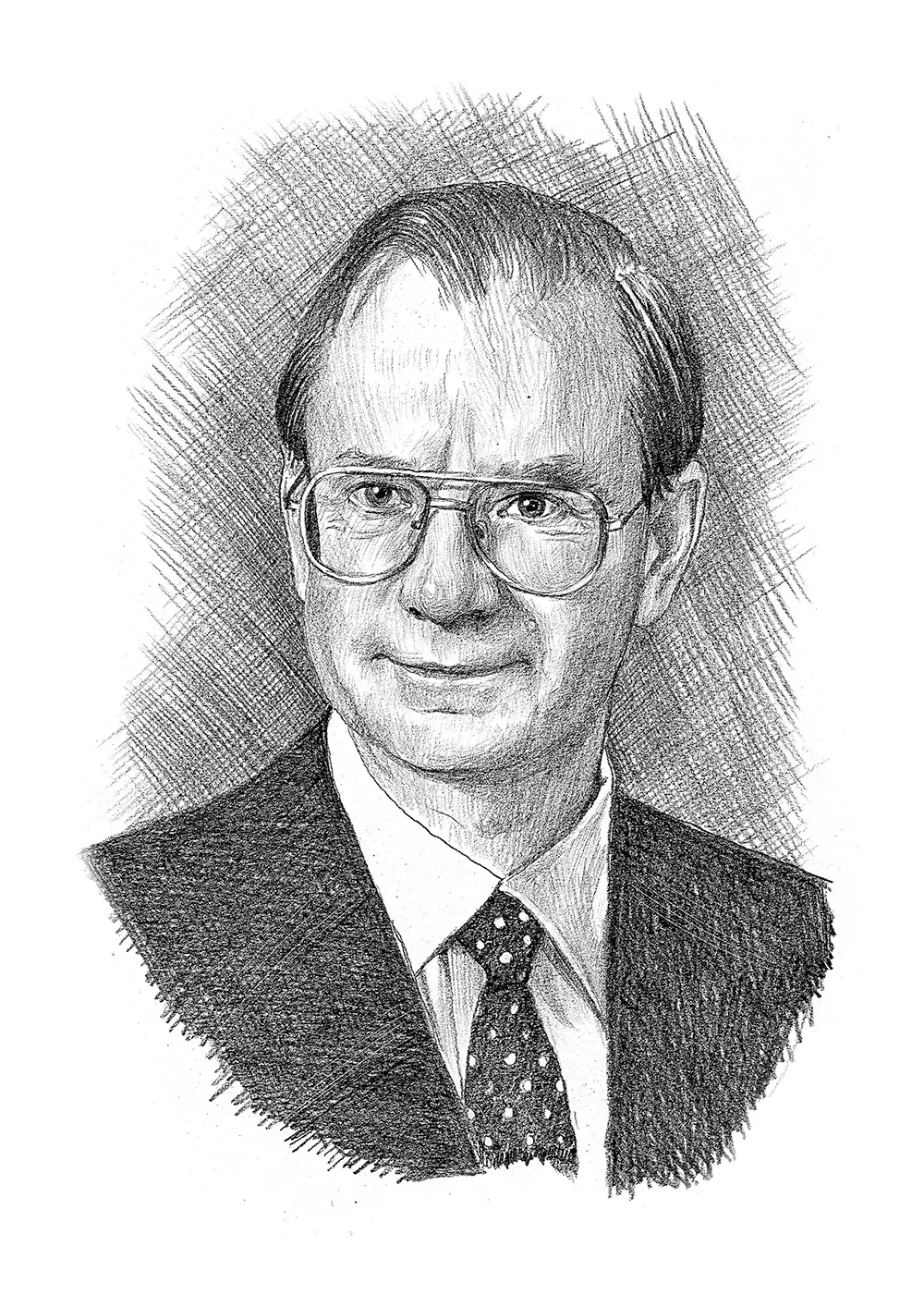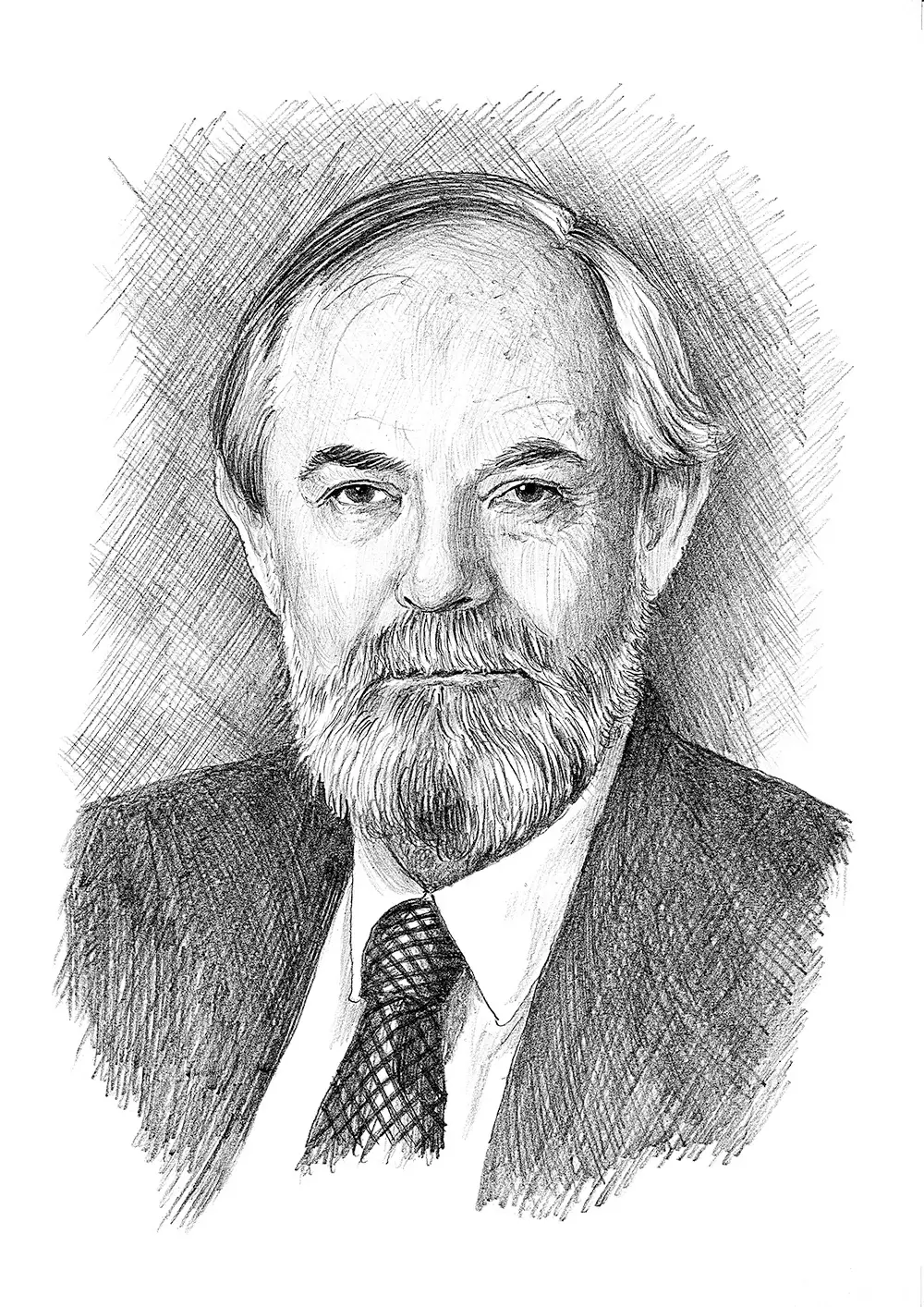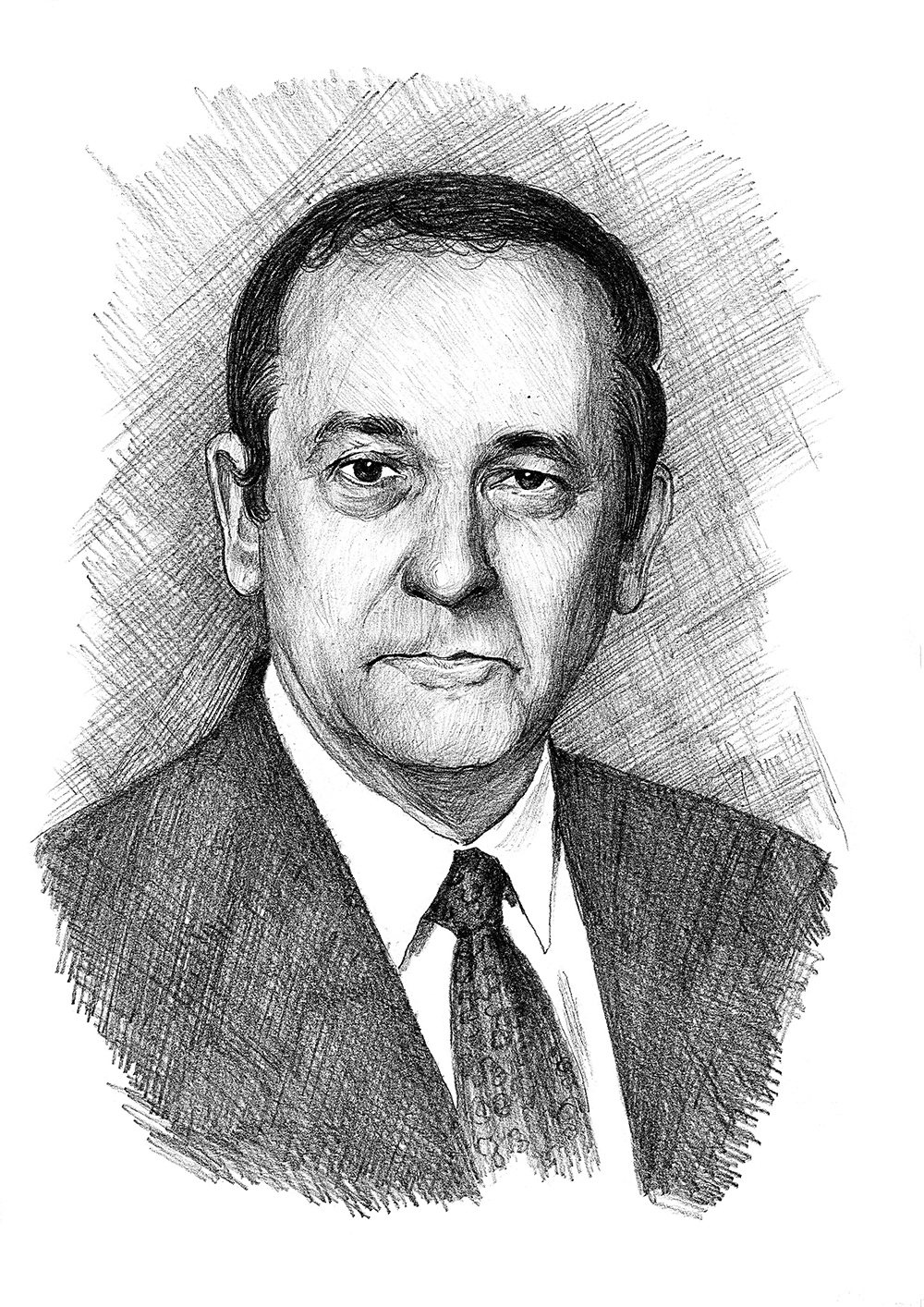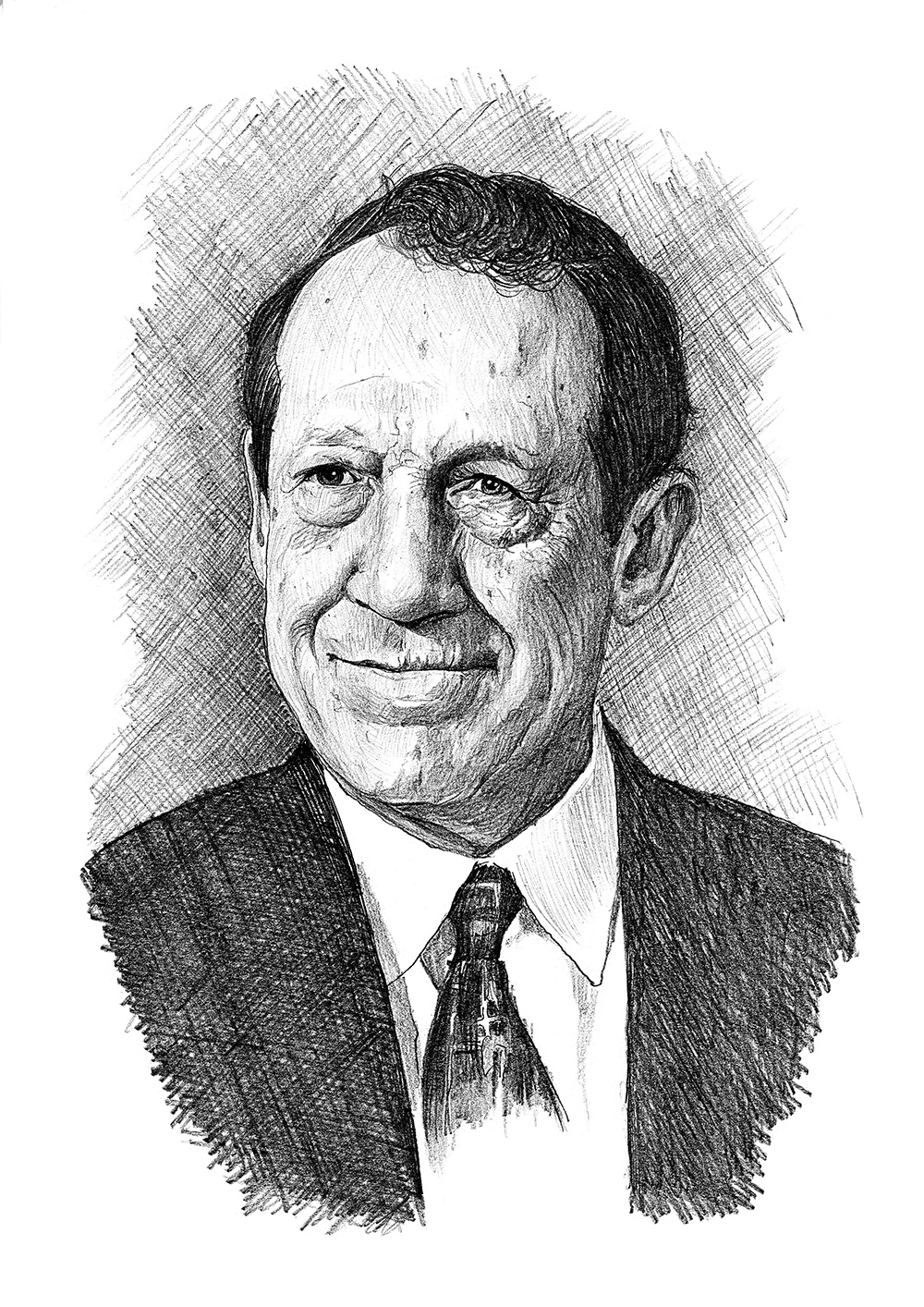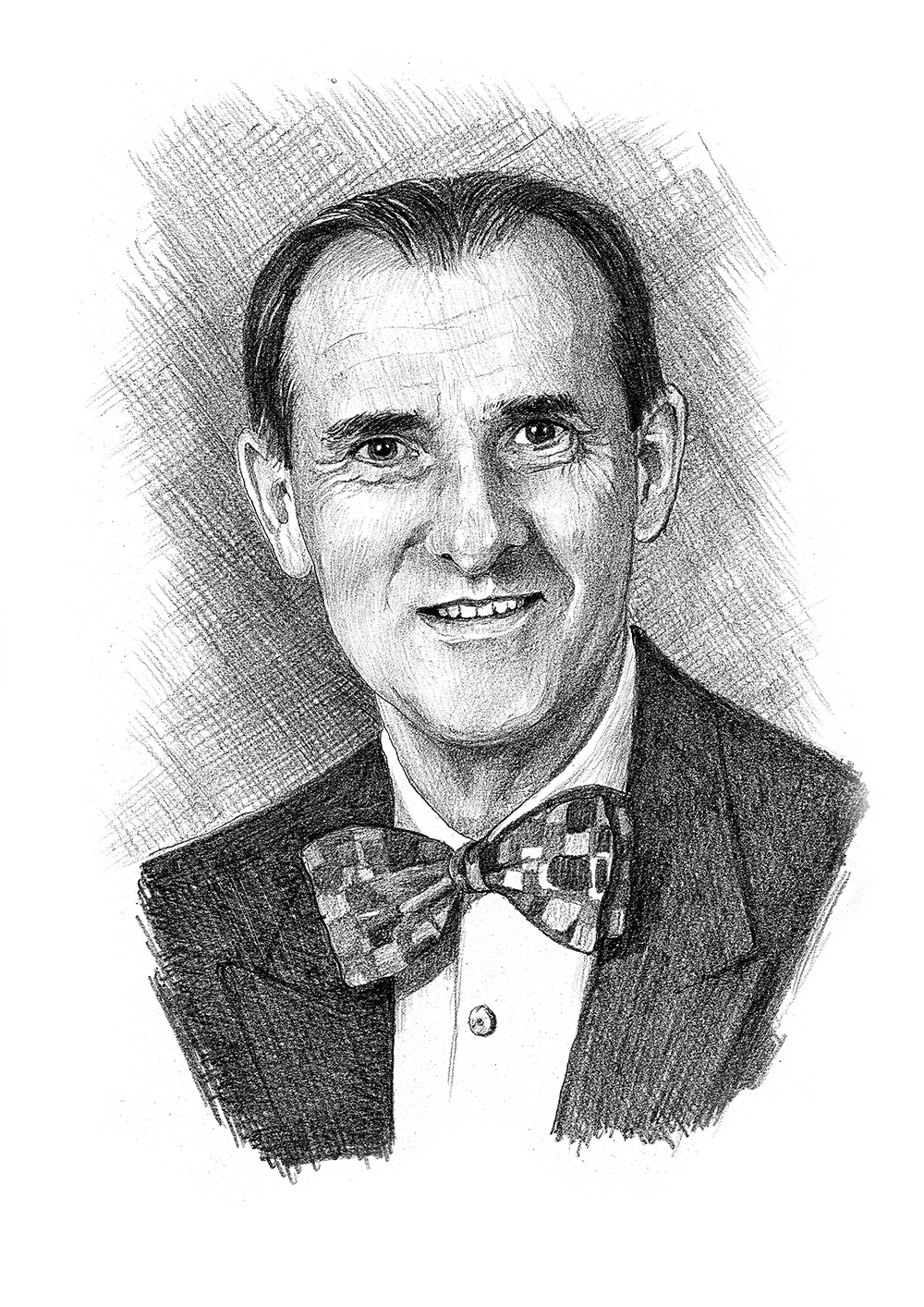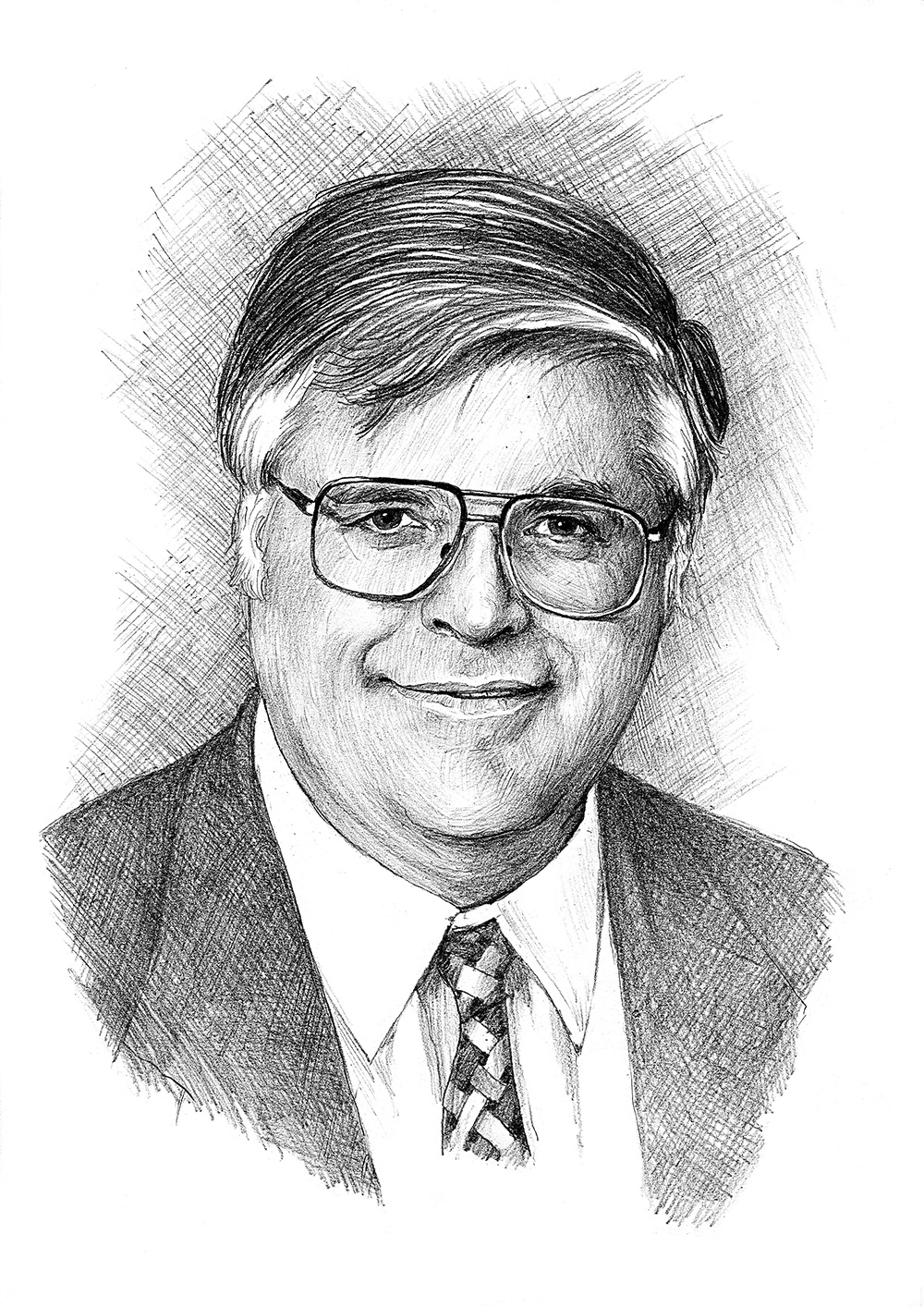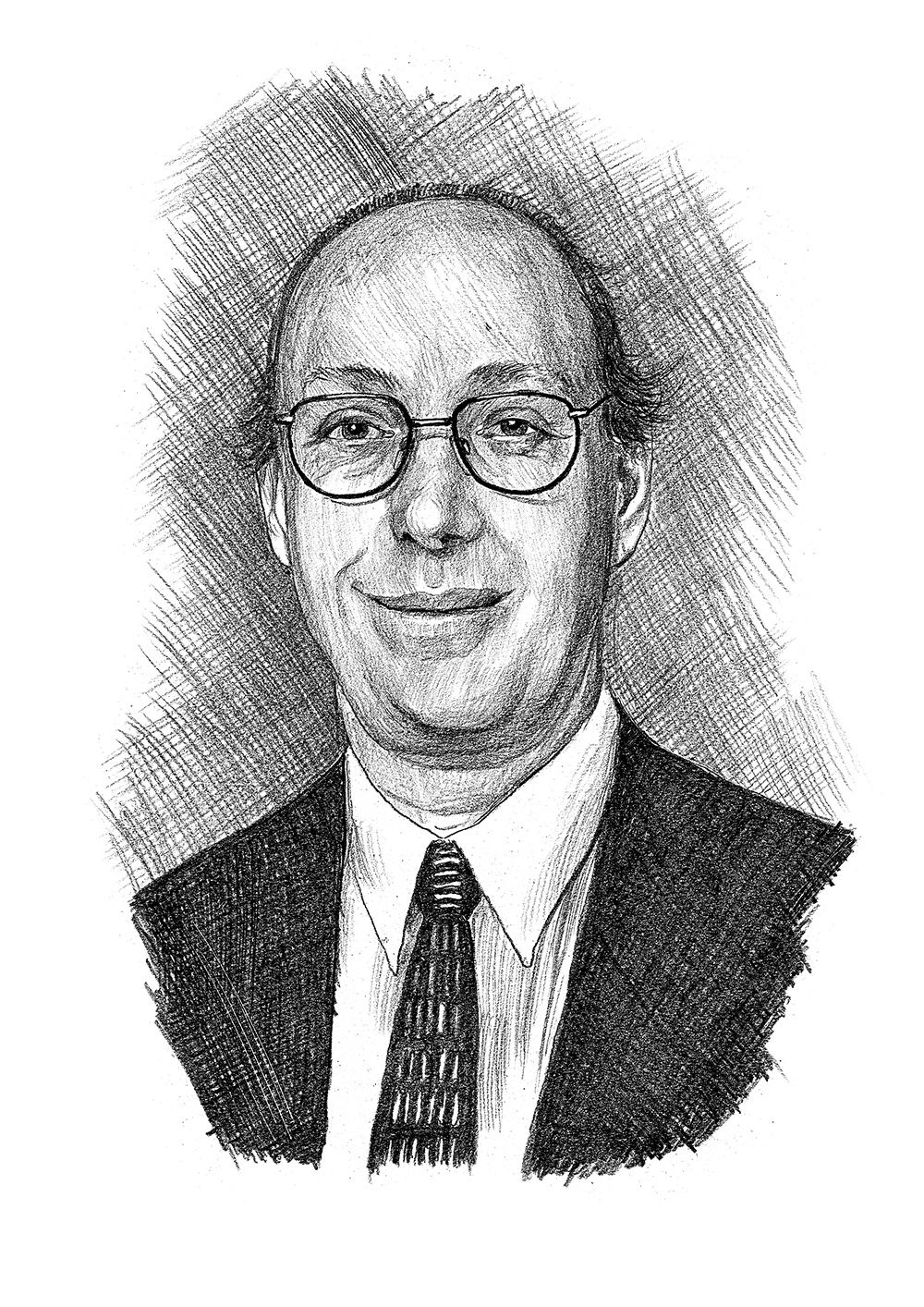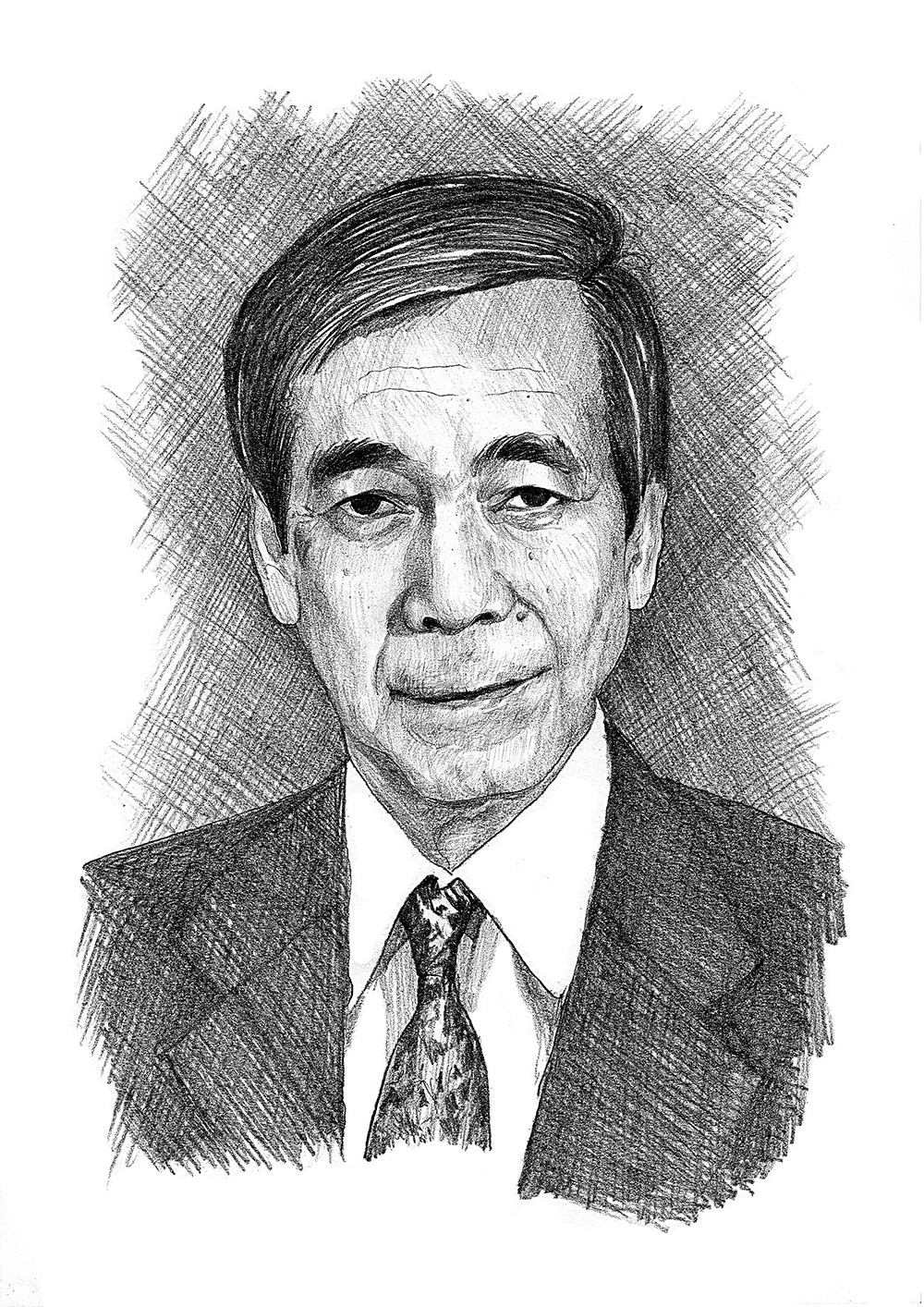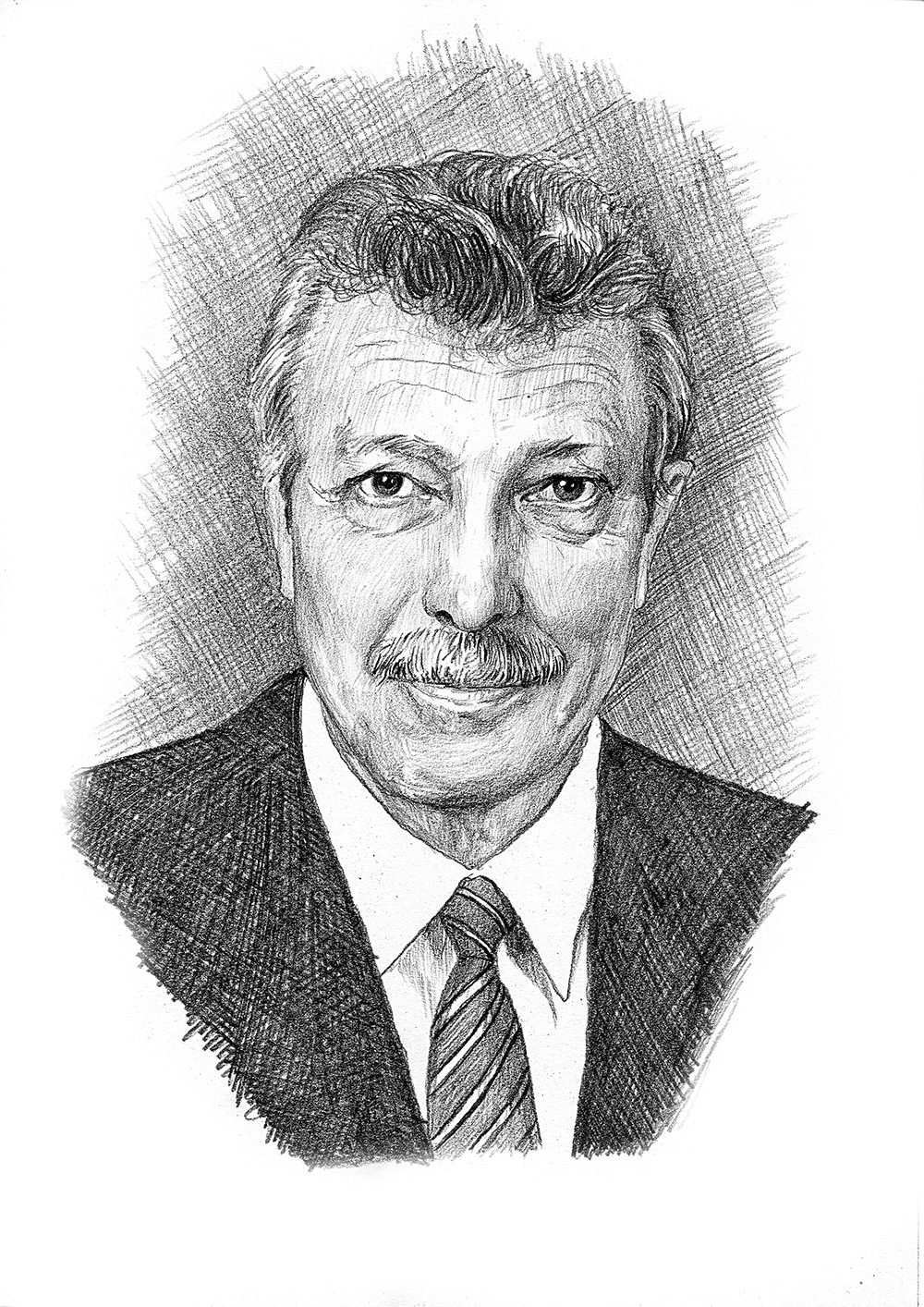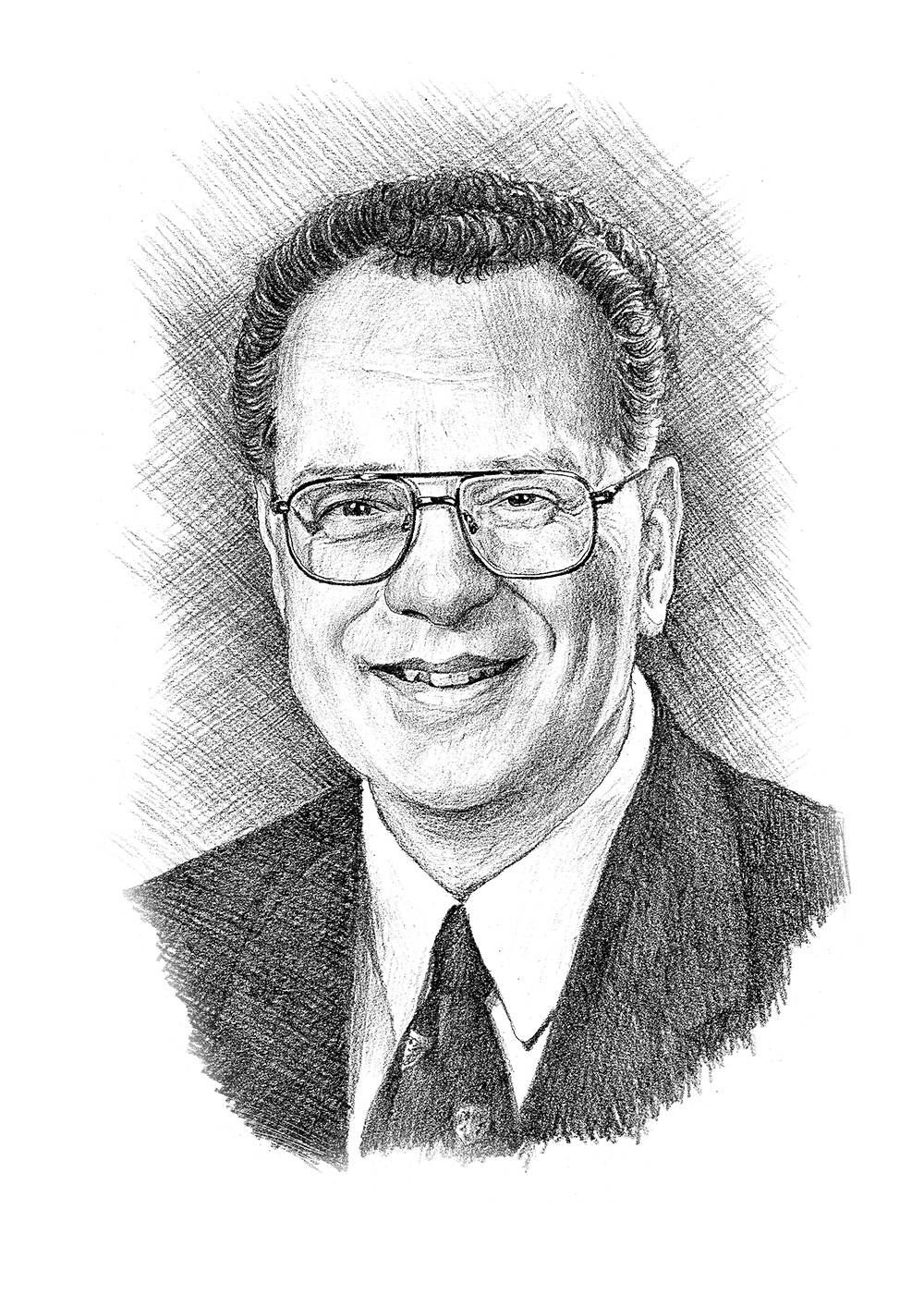Stephen Holgate received his B.Sc., M.B., B.S., and MD from London University, and D.Sc. from Southampton University. He completed a fellowship in rheumatic diseases and immunology at Brigham and Women’s Hospital at Harvard University. He worked in London, and Salisbury before joining the faculty of Southampton University and Hospital in 1975. In 1986, he became an MRC Clinical Professor of Immunopharmacology at Southampton University and honorary consultant physician at Bournemouth and Southampton University Hospitals. He holds an FRCP from London, an FRCP from Edinburgh, and an MB, a BS honoris causa from the University of Ferrara in Italy.
Professor Holgate is the Joint Founder of Southampton’s full-time Specialist Asthma and Allergy Clinics, Founder and Chairman of the Board of Trustees of the Asthma, Allergy, and Inflammation Research (AAIR) Charity at Southampton General Hospital, and a Board Member of the Prince of Wales Foundation of Integrated Health. He is also Chair of the DEFRA Expert Panel on Air Quality Standards, the “Science in Health Group”, President of the National Allergy Strategy Group, and a member of the Department of Health Committee on the Medical Effects of Air Pollution, and the Royal Commission on Environmental Pollution.
Professor Holgate is one of the leading authorities in the field of allergy, both nationally and internationally. A significant area of his research has been understanding the role of air pollutants, such as ozone, and other environmental factors (e.g., diet, common cold viruses and house dust mite allergens) in causing and in worsening allergies and asthma. Other important components of his research include the genesis, inflammatory nature and heritability of asthma. He has led the discovery of ADAM33 – the first of asthma genes.
Professor Holgate published over 700 papers and edited several textbooks on asthma and rhinitis. He received the MRC Dorothy Temple Cross Travel Fellowship; Royal College of Physicians’ Graham Bull Prize for Clinical Research; Scientific Achievements Award from the International Association of Allergy and Clinical Immunology (Stockholm) and WHO Rhône-Poulenc Rorer Award. He is an Honorary Fellow of the South African Pulmonology Society and Honorary Member of the Nordic Society of Allergology. He was also honored by numerous invited lectureships and visiting professorships.
This biography was written in the year the prize was awarded.

